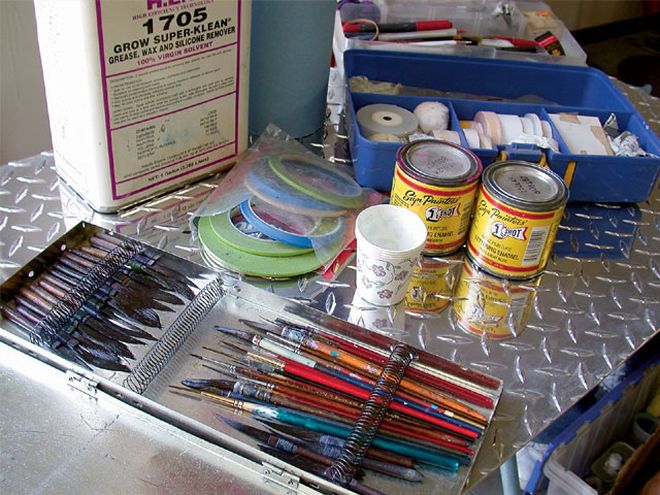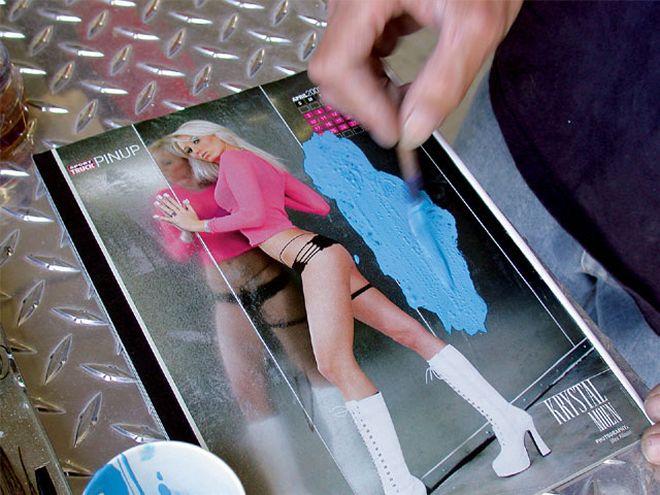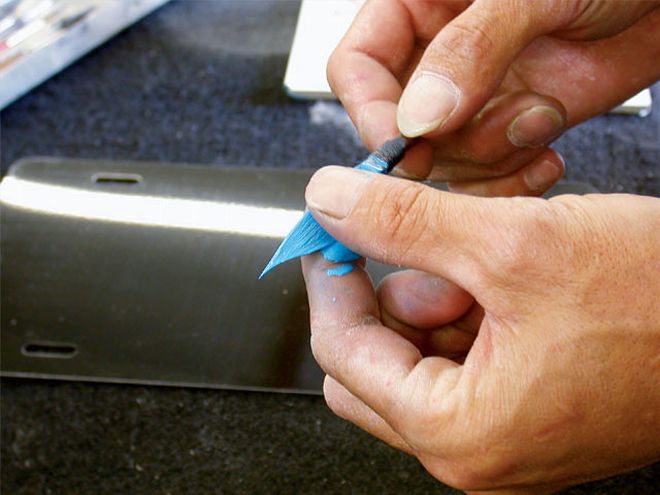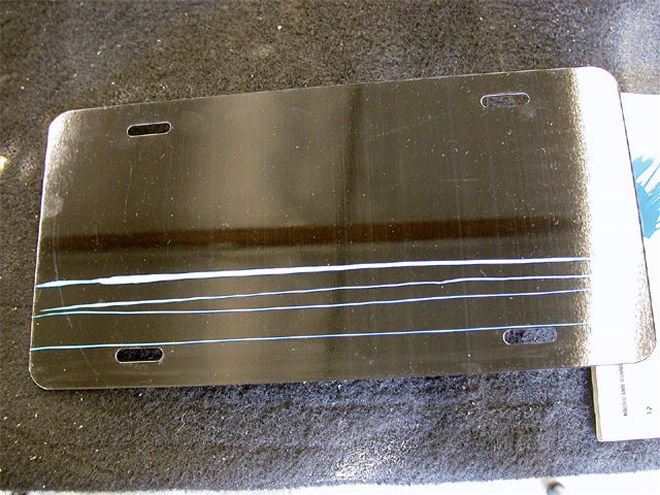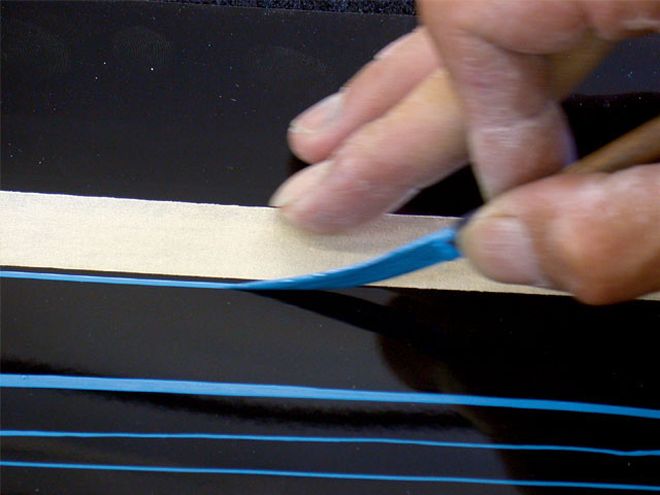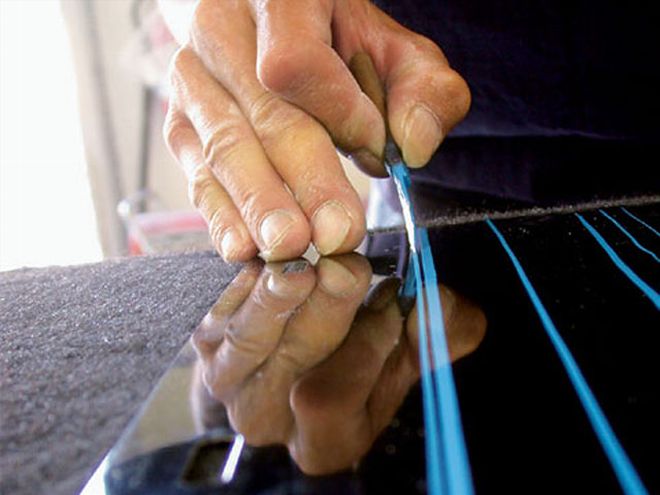Pinstriping With Steve Deman
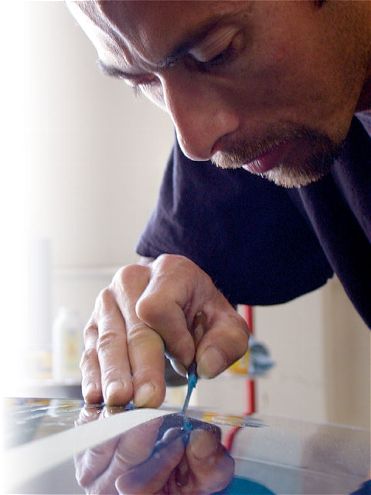
| pinstriping With Steve Deman steve Deman
One trend that never really went away but is now more in the spotlight is pinstriping. Cool patterns are finding their way onto everything from the hood of a truck all the way to the shop toilet seat - nothing is safe from the lines of a mad striper. Since we're a bunch of guys who want to learn everything, we hooked up with one of the most talented painter/stripers we know: Steve Deman. Steve's work has been featured in just about every automotive-enthusiast magazine out there, and now he's starting a school of custom painting called Kolor Kings. After a little begging on our part, he agreed to give us a one-on-one class on how to pull lines.
If you're interested in attending a class, check out the Web site for appointments and scheduling. The following story will give you the basics to get going, because what it really takes to be a good striper is practice, practice, and then some more practice.
One ShotOil-based high-gloss enamels such as One Shot are good for interior or exterior use on metal, glass, or wood. Their flow characteristics ensure the virtual absence of brush marks and provide a clean, sharp edge. The enamels will dry to the touch in two to five hours and can be cleaned up with a good body solvent.
BrushesThe brushes used for pinstriping all come from one of these two types of material that form the tuft of the brush. Synthetics, which are man-made of either nylon or polyester, are very durable and are easier to clean but don't carry color as well as the natural-hair type. Usually made from blue squirrel hair, these brushes will hold a tremendous amount of paint, because they have microscopic scales along the shaft of the hair.
 | pinstriping With Steve Deman steve Deman
One trend that never really went away but is now more in the spotlight is pinstriping. Cool patterns are finding their way onto everything from the hood of a truck all the way to the shop toilet seat - nothing is safe from the lines of a mad striper. Since we're a bunch of guys who want to learn everything, we hooked up with one of the most talented painter/stripers we know: Steve Deman. Steve's work has been featured in just about every automotive-enthusiast magazine out there, and now he's starting a school of custom painting called Kolor Kings. After a little begging on our part, he agreed to give us a one-on-one class on how to pull lines.
If you're interested in attending a class, check out the Web site for appointments and scheduling. The following story will give you the basics to get going, because what it really takes to be a good striper is practice, practice, and then some more practice.
One Shot
| pinstriping With Steve Deman steve Deman
One trend that never really went away but is now more in the spotlight is pinstriping. Cool patterns are finding their way onto everything from the hood of a truck all the way to the shop toilet seat - nothing is safe from the lines of a mad striper. Since we're a bunch of guys who want to learn everything, we hooked up with one of the most talented painter/stripers we know: Steve Deman. Steve's work has been featured in just about every automotive-enthusiast magazine out there, and now he's starting a school of custom painting called Kolor Kings. After a little begging on our part, he agreed to give us a one-on-one class on how to pull lines.
If you're interested in attending a class, check out the Web site for appointments and scheduling. The following story will give you the basics to get going, because what it really takes to be a good striper is practice, practice, and then some more practice.
One Shot